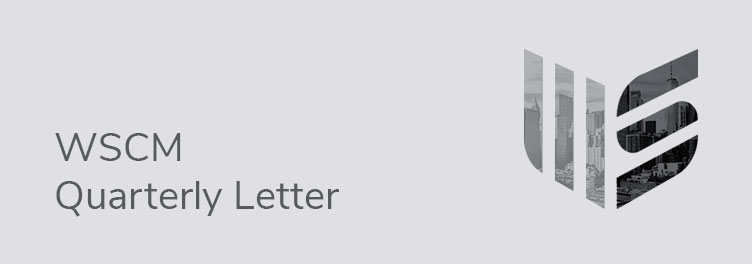
While stocks advanced in the first quarter, the market has clearly changed its tone. Last year’s theme was quality growth, but as the economy has started to recover, investors’ attention has shifted to more cyclical investments, only to be followed by almost daily rotation between these two groups. We get the sense that there is some uneasiness about the future, and the markets may be starting to fear policy errors coming from Washington D.C.
To be sure, the immediate future seems bright. As Q1 2021 reported earnings get underway, it would appear that S&P 500 earnings per share growth will again outpace end-of-quarter estimates, as it has done in 36 of the last 37 quarters. Consensus is for 31.5% year-over-year growth, nearly double the gains predicted at the start of the year. The New York Fed also reported that consumers are more upbeat about spending. The median expected growth in household spending rose to 4.73%, the highest since December 2019. In addition, fewer and fewer companies are reporting poor sales as their single most important problem—a measure that is at its lowest since the start of the pandemic, and equal to where it was in March 2019.
As the pandemic is still ongoing, parts of the global economy continue to face renewed lockdowns. But the end game still appears to be the availability of effective vaccines, which would in turn allow most, and perhaps eventually all, of the economy to reopen.
Against this backdrop, inflation is increasing. Pipeline inflation pressures have been building in PPI readings. The U.S. CPI rose 0.6% month-over-month in March, with the core up 0.3%. Thus far, while outsized increases in U.S. inflation look tied to re-openings, we cannot be sure of this correlation. The Central Bank remains committed to an easy monetary policy as its focus is on unemployment and under-employment, rather than price stability. The more 0.3%-or-higher readings we see, however, the harder this posture will be to maintain.
Earlier this year, the new presidential administration proposed, and the legislature passed, the largest spending bill in our country’s history, in the name of COVID relief. Now it would appear that $3.5 trillion of additional spending will be proposed, in the name of infrastructure improvements. This beacon of effort, however, will be accompanied by large tax increases on both individuals and corporations. The major problem is that the spending will be spread out over several years, while the tax increases would start immediately in 2022. This could affect the economy negatively at the same time that inflation is accelerating.
We are fundamentally bullish on the markets’ outlook, but with the increase in volatility, suspect investors are beginning to realize there may be some disconnects in the rosy forecasts. Positioning parts of the portfolio for an inflationary environment is prudent. However, even if inflation fears accelerate, certain corners of the equity market remain preferable to bonds. Indeed, some caution may be in order.
April 2021
Click to Download
PLEASE NOTE: Unless otherwise stated, the firm and any affiliated person or entity 1) either does not own any, or owns less than 1%, of the outstanding shares of any public company mentioned, 2) does not receive, and has not within the past 12 months received, investment banking compensation or other compensation from any public company mentioned, and 3) does not expect within the next three months to receive investment banking compensation or other compensation from any public company mentioned. The firm does not currently make markets in any public securities.